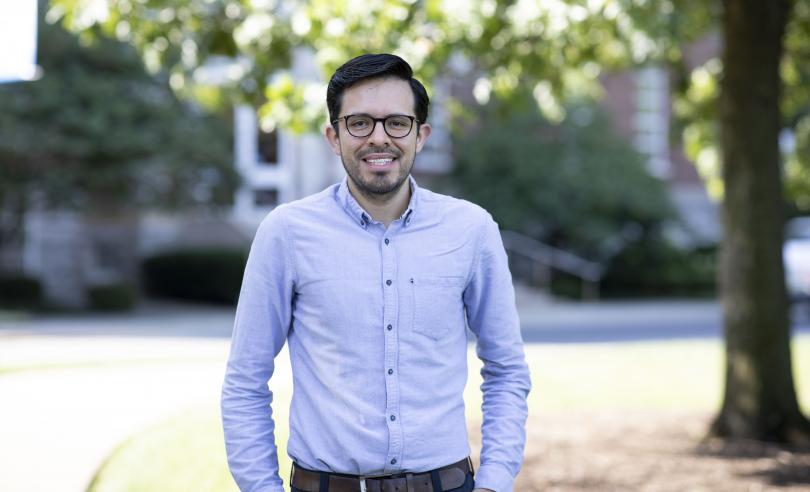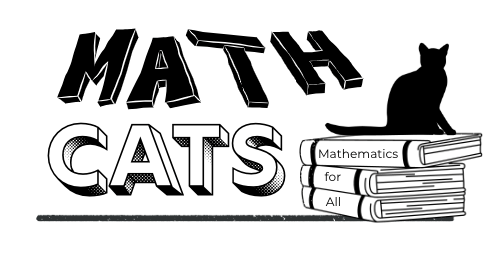10 students selected as 5-Minute Fast Track finalists
LEXINGTON, Ky. (Oct. 29, 2025) —The University of Kentucky Office of Undergraduate Research announces the eighth annual 5-Minute Fast Track student research competition finalists. These undergraduates will present their research during the final round from 5-8 p.m. Wednesday, Oct. 29, in 150 Healthy Kentucky Research Building.




